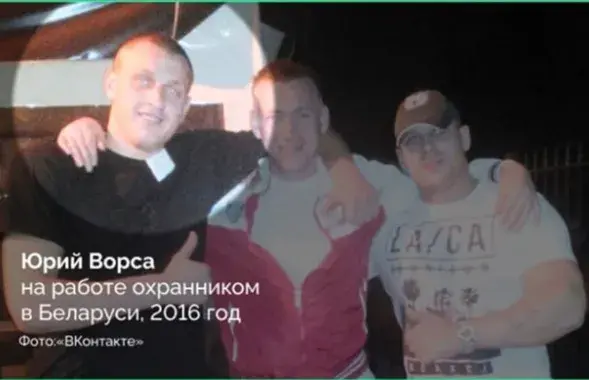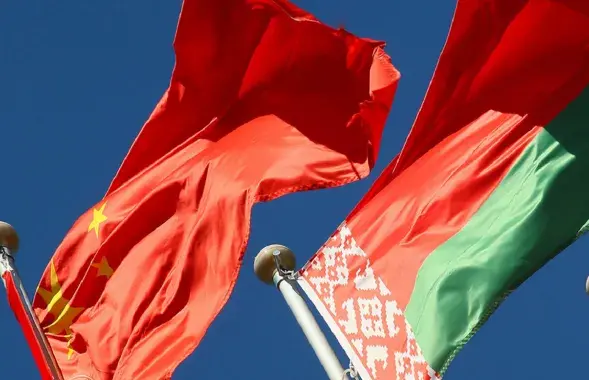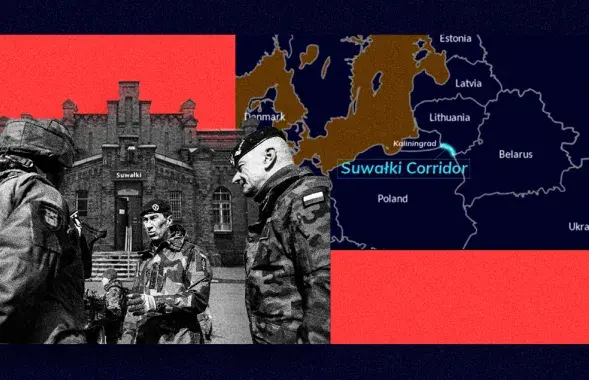Belarus bloggers promote new technologies
“The bottom-line of the new approach Web 2.0 is blogosphere. The further development of the new tendency was confirmed by numerous web services: smart search, mobile phone sites, social networks, on-line offices, notes, pod-casting, file stores, video terminals and others,” Alexander Denisov said in his presentation.
Presently, by-net has social networks 1.0 – dating sites and forums.
Social networks 2.o are also there, but not in the by-net.
“Those are mostly bloggers. Half of them hang out at livejournal.com. But they are our compatriots, the Belarusians. As Korolenko (the author and the coordinator of akavita.by project) put it correctly, the Belarusian media space is in the Live Journal,” said Alexandra.
The attempt to create Internet-TV in the by-net is demonstrated by itv.by. The founders of the channel plan to develop a banner video network and make money with corporate programs and advertising.
“A user models his space himself. One doesn’t need to wait for anything. I pick the footage that I like. Then, I download and watch it. Currently, we are producing our corporate news.
There is also the “People’s News” category. We also started doing live broadcasts. Last Friday we were doing a live broadcast of a football match – the first broadcast in the Belarusian internet. The broadcast was from a stadium in Saligorsk,” Tacciana Lashuk, the project manager, told the Europen Radio for Belarus.
The Belarusian mobile internet is also moving forward. Wap.by tries to create competition with cell operators.
“There are very many users visiting the Russian wapnet. We want to give our visitors an opportunity of taking a picture and sending it to someone. There is also a possibility of shooting a video and sending it to someone. We want to create a good service for blogs and photo albums,” says Pavel Gabriel from wap.by
The associative “tree search” is an interesting continuation of the development. Now it has become a reality in the Russian internet. Anton Shurkus, a IT specialist from Russia continues:
“Along with search results, users obtain a map of words which have a close association with the original search word(s). By clicking on the words on the map, you can make your search more detailed”.
Correspondingly, you can get a more precise search result.
The owners of the Belarusian web 2.0 resources talk about 1000 visitors per day and forecast traffic growth in the nearest future. But this optimism is not shared by Fiodar Karalenka, one of the coordinators of the biggest statistical system in the by-net – akavita.by, who described the situation in the Belarusian web as “triple zero”. He explained his thesis as zero money, zero projects and zero visitors.
“All who operate the Web 2.0 technology understand that it is possible to make big money not necessarily in the Belarusian internet. Not because the Belarusians are dumb, but because they waste their resources in the wrong direction. Perspectives could be great, if there was at least something,” he said.
But the creator of the Belarusian blog service ByJournal.com, booblik (Andrej Lis) is still optimistic. Here is what inspired the 14-year-old boy from Mazyr to create a Belarusian social network.
“Web 2.0 is more that simple internet. Users write themselves. They create their web themselves. Earlier, it was programmer’s job. Now everybody can enter internet and using convenient tools write his or her blog or a social network or any news to be published. We are seeking investors to give us money for the project. So far, I am doing everything alone,” he said.
It appears that the Belarusian Web 2.0 is developing despite all the hurdles.



















